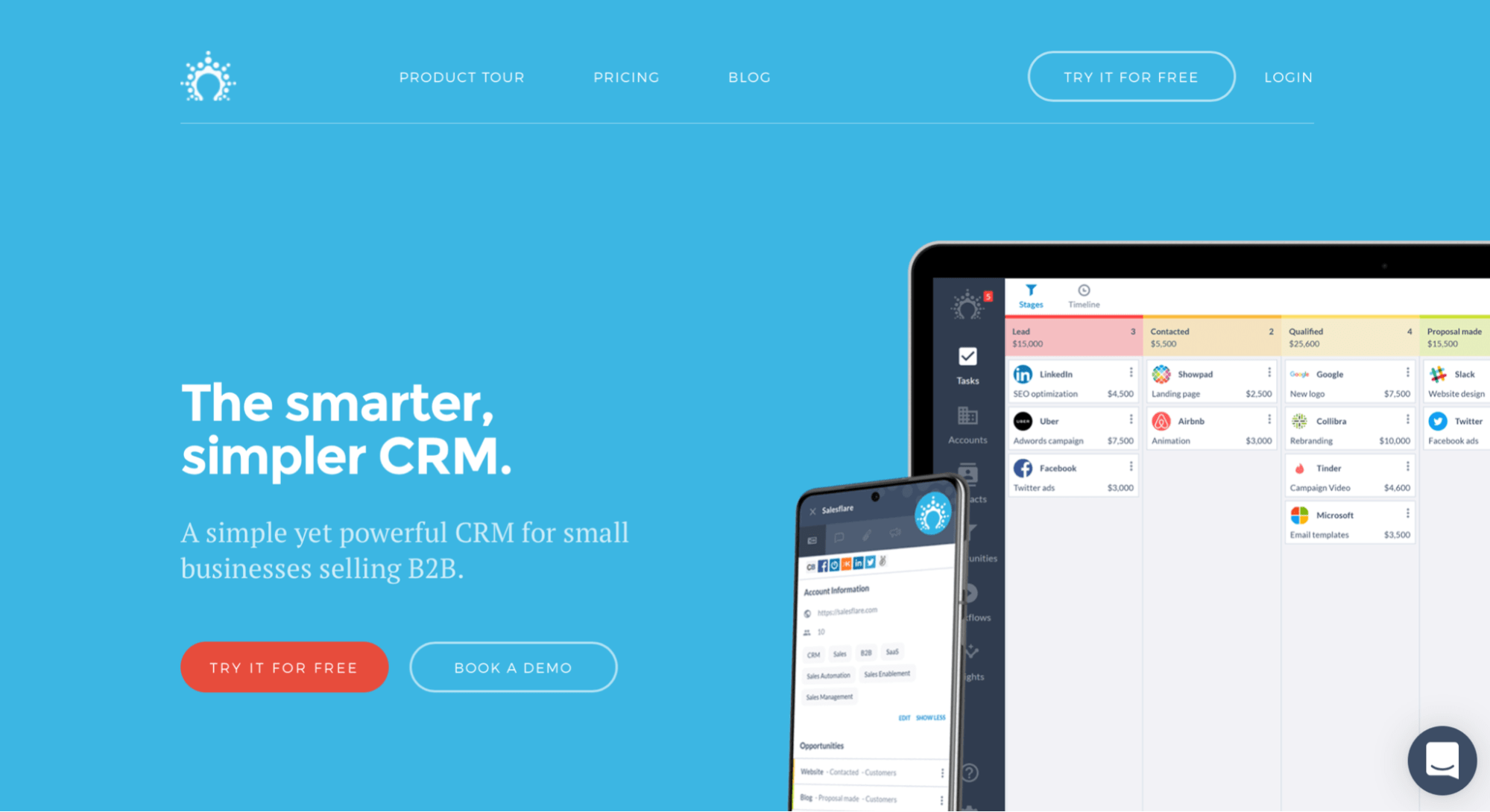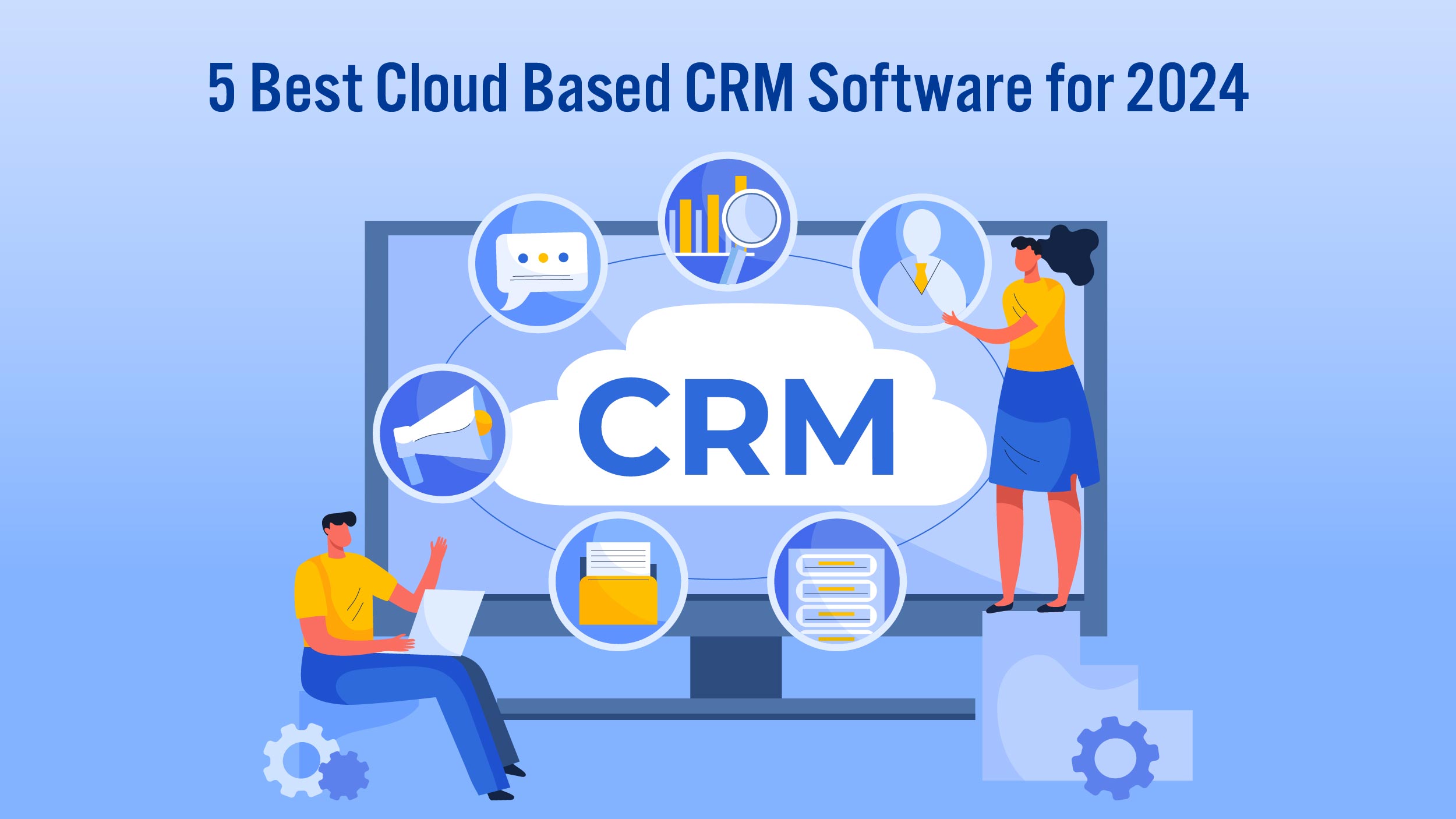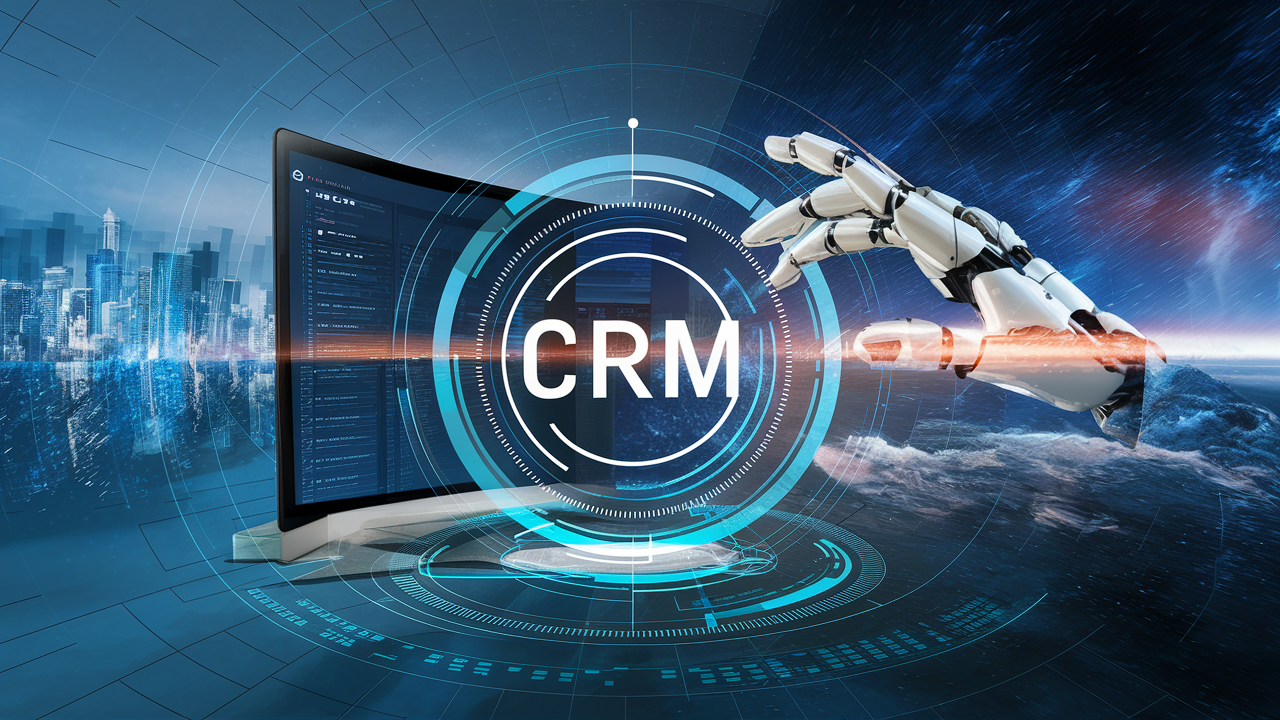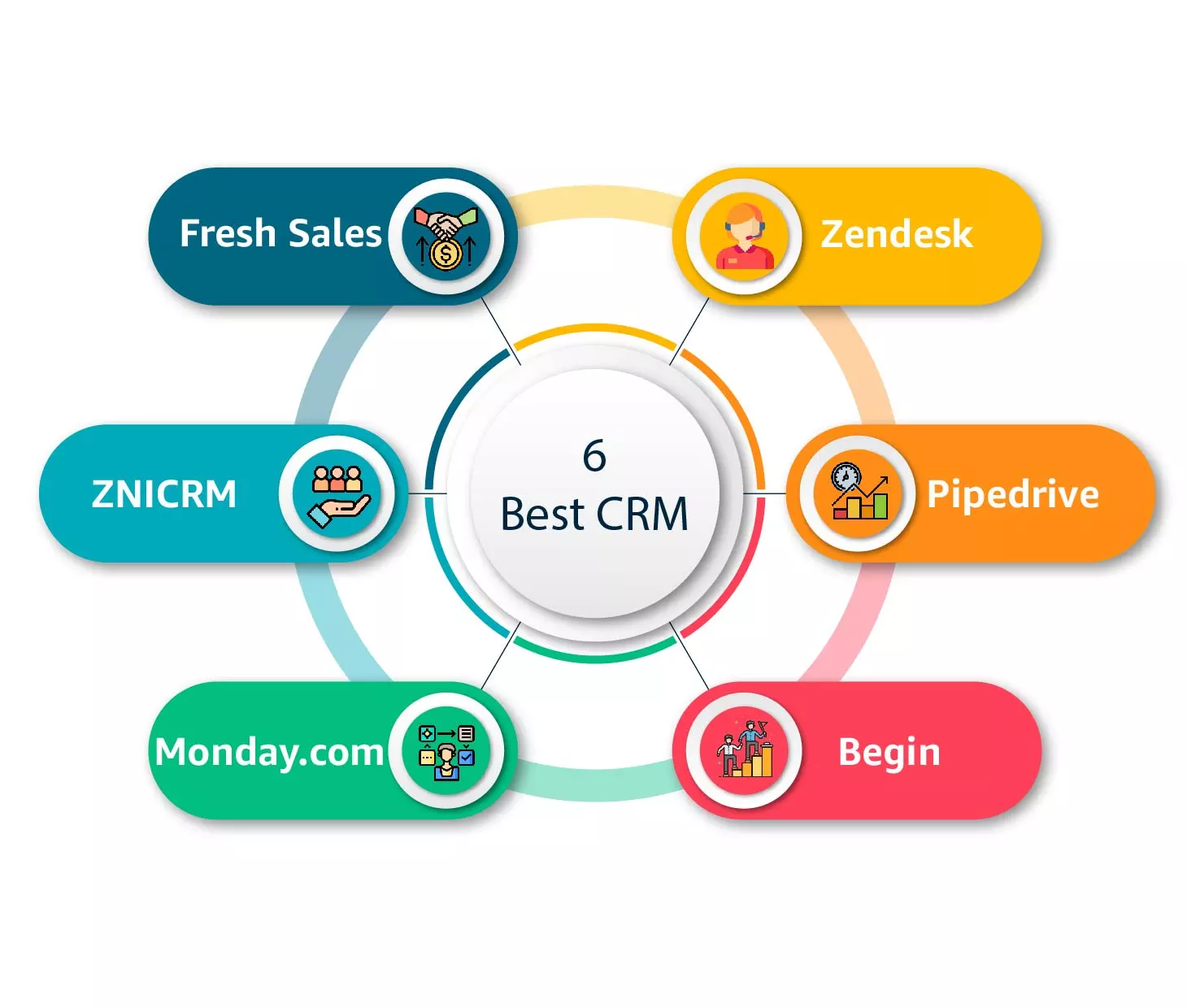Best Enterprise CRM Solutions
Best Enterprise CRM Solutions are crucial for large organizations seeking to streamline operations and enhance customer relationships. This exploration delves into the selection, implementation, and future trends of these powerful systems, examining key features, vendor comparisons, and strategic considerations for successful deployment. Understanding the specific needs of various departments, from sales and marketing to customer service, is paramount in choosing the right solution.
From defining core functionalities and KPIs to navigating the complexities of data migration and employee training, we’ll cover the entire lifecycle of enterprise CRM adoption. We’ll also analyze the impact of emerging technologies like AI and blockchain on the future of CRM, showcasing how these innovations are reshaping customer relationship management.
Defining Enterprise CRM Needs
Implementing a successful enterprise CRM system requires a clear understanding of the organization’s specific needs and how the system will integrate with existing workflows. This involves identifying core functionalities, establishing key performance indicators (KPIs), and understanding the unique requirements of different departments. A well-defined strategy ensures the CRM delivers a significant return on investment and enhances overall operational efficiency.
Core Functionalities of an Enterprise CRM System
A robust enterprise CRM system should provide a comprehensive suite of features to support various business processes. These functionalities are crucial for efficient data management, improved customer interactions, and enhanced business intelligence.
- Contact Management: Centralized storage and management of customer data, including contact details, interaction history, and purchase information, ensuring data consistency and accessibility across departments.
- Sales Force Automation (SFA): Tools to streamline sales processes, including lead management, opportunity tracking, forecasting, and sales reporting. This improves sales team efficiency and provides valuable insights into sales performance.
- Marketing Automation: Capabilities for automating marketing campaigns, managing email marketing, tracking campaign performance, and segmenting customers for targeted messaging. This enhances marketing effectiveness and improves customer engagement.
- Customer Service Management: Tools for managing customer inquiries, resolving issues, and tracking customer satisfaction. This includes features like ticketing systems, knowledge bases, and self-service portals.
- Reporting and Analytics: Comprehensive reporting and analytics dashboards to provide insights into sales performance, marketing effectiveness, customer satisfaction, and overall business trends. This allows data-driven decision-making and continuous improvement.
- Integration Capabilities: Seamless integration with other enterprise systems, such as ERP, accounting software, and marketing automation platforms, to ensure data consistency and avoid data silos.
Key Performance Indicators (KPIs) for Enterprise CRM Success
Measuring the success of an enterprise CRM implementation requires a set of carefully selected KPIs that align with the organization’s overall business objectives. These KPIs provide a quantifiable measure of the CRM’s impact on key business processes.
- Customer Acquisition Cost (CAC): Measures the cost of acquiring a new customer. A decrease in CAC indicates improved efficiency in customer acquisition strategies.
- Customer Lifetime Value (CLTV): Predicts the total revenue generated by a customer over their relationship with the company. An increase in CLTV reflects improved customer retention and loyalty.
- Customer Churn Rate: Measures the percentage of customers who discontinue their relationship with the company within a specific period. A decrease indicates improved customer retention efforts.
- Sales Conversion Rate: Measures the percentage of leads that convert into paying customers. An increase reflects improved sales effectiveness.
- Average Revenue Per User (ARPU): Measures the average revenue generated per customer. An increase indicates improved revenue generation strategies.
- Customer Satisfaction (CSAT): Measures customer satisfaction levels through surveys and feedback mechanisms. High CSAT scores indicate improved customer experience.
Departmental Needs and CRM Features
Different departments within an enterprise have unique requirements for CRM features. Understanding these nuances is crucial for maximizing the system’s value across the organization.
- Sales: Sales teams require features focused on lead management, opportunity tracking, sales forecasting, and reporting. Access to customer history and interaction details is also critical for personalized selling.
- Marketing: Marketing teams need tools for campaign management, customer segmentation, email marketing, and performance tracking. Integration with marketing automation platforms is essential for efficient campaign execution.
- Customer Service: Customer service teams require features for managing customer inquiries, resolving issues, and tracking customer satisfaction. Access to customer history and interaction details is crucial for efficient problem resolution.
Hypothetical Organizational Structure and CRM Integration
Consider a hypothetical organization structured around functional departments: Sales, Marketing, Customer Service, and Operations. The CRM system acts as a central hub, connecting these departments and facilitating seamless data flow.
| Department | CRM Role | Key CRM Features Used |
|---|---|---|
| Sales | Lead management, opportunity tracking, sales forecasting | Lead scoring, opportunity stages, sales reports |
| Marketing | Campaign management, customer segmentation, email marketing | Marketing automation integration, campaign performance tracking, customer segmentation tools |
| Customer Service | Case management, issue resolution, customer satisfaction tracking | Ticketing system, knowledge base, customer feedback surveys |
| Operations | Data analysis, reporting, process optimization | Reporting and analytics dashboards, data integration with other systems |
Top Enterprise CRM Solution Providers
Choosing the right Enterprise CRM solution is crucial for business success. The market offers a wide array of options, each with its strengths and weaknesses. Selecting the best fit depends heavily on specific business needs and priorities. This section will highlight some of the leading providers and their key differentiators.
Leading Enterprise CRM Solution Providers
Several vendors dominate the enterprise CRM landscape. Five leading providers consistently rank highly based on market share, feature sets, and customer satisfaction. These include Salesforce, Microsoft Dynamics 365, SAP Customer Experience, Oracle Siebel CRM, and Adobe Experience Cloud. Each offers a comprehensive suite of tools designed to manage customer relationships effectively.
Unique Selling Propositions of Prominent Vendors
Understanding the unique selling propositions (USPs) of different vendors is key to informed decision-making. Let’s examine three prominent vendors:
Salesforce: Salesforce’s USP lies in its extensive AppExchange marketplace, offering a vast ecosystem of integrations and customizability. This allows businesses to tailor their CRM to very specific needs, extending functionality beyond the core platform. Its strong focus on cloud-based solutions ensures scalability and accessibility. Furthermore, Salesforce consistently invests heavily in AI and machine learning capabilities, offering advanced features like predictive analytics and automated workflows.
Microsoft Dynamics 365: Microsoft Dynamics 365’s strength stems from its seamless integration with other Microsoft products, such as Office 365 and Azure. This integrated approach streamlines workflows and reduces the complexity of managing multiple platforms. Its broad range of modules, encompassing CRM, ERP, and business intelligence, provides a holistic view of the business. The strong support network and extensive documentation further enhance its appeal.
SAP Customer Experience: SAP’s CRM solution excels in its ability to handle complex, large-scale deployments. Its strength lies in its robust capabilities for managing data from multiple sources and providing a unified view of the customer across various touchpoints. The solution is particularly well-suited for large enterprises with intricate organizational structures and global operations. Its integration with other SAP products further enhances its value proposition for companies already invested in the SAP ecosystem.
Comparative Analysis of Pricing Models
Pricing models vary significantly across vendors. Salesforce typically employs a subscription-based model, offering various tiers with differing features and user capacities. Pricing is often based on the number of users and the modules included. Microsoft Dynamics 365 also uses a subscription model, offering various plans and add-ons to customize the solution to individual needs. SAP Customer Experience’s pricing is generally more complex, often involving a combination of licensing fees, implementation costs, and ongoing support charges. Detailed pricing information is usually available upon request from each vendor.
Comparison of Enterprise CRM Solutions
The following table compares four leading CRM solutions across key features, pricing models, and deployment options. Note that pricing can vary significantly based on specific configurations and user requirements.
| Vendor | Key Features | Pricing Model | Deployment Options |
|---|---|---|---|
| Salesforce | AppExchange, AI-powered insights, customizable dashboards, robust reporting | Subscription-based, tiered pricing | Cloud |
| Microsoft Dynamics 365 | Integration with Microsoft ecosystem, comprehensive modules, strong analytics | Subscription-based, tiered pricing | Cloud, On-premises |
| SAP Customer Experience | Handles large datasets, robust integration capabilities, industry-specific solutions | License-based, subscription options available | Cloud, On-premises |
| Oracle Siebel CRM | Highly customizable, strong data management capabilities, robust security features | License-based, maintenance fees | On-premises, Cloud (limited) |
Key Features of Enterprise CRM Systems
Enterprise CRM systems go beyond basic contact management. They are sophisticated platforms designed to streamline business processes, enhance customer relationships, and drive revenue growth. Their effectiveness hinges on a robust set of core features, carefully integrated and tailored to meet specific organizational needs.
Integration Capabilities with Other Enterprise Software
Seamless integration with other enterprise software is paramount for maximizing the value of an enterprise CRM. Data silos hinder operational efficiency and lead to inconsistencies. A well-integrated CRM system should connect effortlessly with applications such as ERP (Enterprise Resource Planning), marketing automation platforms, and customer support ticketing systems. This integration allows for a unified view of customer interactions across all departments, fostering better collaboration and informed decision-making. For example, integrating the CRM with an ERP system provides real-time access to inventory levels, enabling sales representatives to accurately respond to customer inquiries regarding product availability. Similarly, integration with a marketing automation platform allows for targeted campaigns based on customer segmentation derived from CRM data.
Advanced Analytics and Reporting
Advanced analytics and reporting capabilities are critical for gaining actionable insights from the vast amounts of customer data stored within an enterprise CRM. These features go beyond simple reporting, providing sophisticated data visualization, predictive modeling, and custom reporting dashboards. This allows businesses to identify trends, predict future behavior, and optimize strategies for customer acquisition, retention, and upselling. For instance, analyzing sales data within the CRM can reveal which customer segments are most responsive to specific marketing campaigns, enabling more efficient allocation of marketing resources. Predictive modeling can help anticipate customer churn, allowing proactive interventions to retain valuable customers.
Security and Compliance Features
Robust security and compliance features are essential for protecting sensitive customer data and ensuring adherence to industry regulations like GDPR and CCPA. Enterprise CRM systems should incorporate features such as role-based access control, data encryption both in transit and at rest, and audit trails to track user activity. Multi-factor authentication and regular security updates are also crucial to prevent unauthorized access and data breaches. Failure to prioritize security can lead to significant financial losses, reputational damage, and legal repercussions. A strong security posture builds customer trust and protects the organization’s valuable assets.
Customization Options
Customization options significantly impact the effectiveness of an enterprise CRM. A one-size-fits-all approach rarely works for complex organizations with unique business processes and workflows. The ability to tailor the CRM system to specific needs—through configurable workflows, custom fields, and integrations with specialized applications—is crucial for optimal performance. For example, a manufacturing company might require custom fields to track production details and inventory levels, while a financial services firm might need integrations with compliance and regulatory reporting systems. Flexibility and customization ensure the CRM system aligns perfectly with the organization’s operational requirements, maximizing its value and return on investment.
Implementation and Deployment Strategies
Successfully implementing an enterprise CRM system requires careful planning and execution. A phased approach, incorporating thorough testing and user training, is crucial for maximizing return on investment and minimizing disruption to business operations. Ignoring these crucial steps can lead to project delays, user resistance, and ultimately, system failure.
Steps Involved in Successful Enterprise CRM Implementation
A well-defined implementation plan is essential for a smooth transition. This plan should outline clear timelines, responsibilities, and success metrics. The process typically involves several key phases: project initiation, requirements gathering and analysis, design and configuration, data migration, testing and quality assurance, training, deployment, and ongoing support and maintenance. Each phase requires meticulous attention to detail and effective communication among all stakeholders.
Critical Considerations for Data Migration During CRM Implementation
Data migration is a critical step, often fraught with challenges. Inaccurate or incomplete data can severely compromise the effectiveness of the new CRM system. Careful planning and execution are essential to ensure data integrity and consistency.
- Data Cleansing and Validation: Before migration, thoroughly clean and validate existing data to identify and correct inconsistencies, duplicates, and errors. This might involve removing outdated records, standardizing data formats, and ensuring data accuracy.
- Data Mapping: Develop a detailed mapping plan to define how data from the legacy system will be mapped to the new CRM system’s fields and structures. This ensures accurate data transfer and minimizes data loss.
- Data Transformation: Transform data to match the requirements of the new CRM system. This may involve data type conversions, formatting changes, and data enrichment.
- Testing and Validation: Thoroughly test the migrated data to ensure accuracy and completeness. This may involve comparing the migrated data with the original data and performing data quality checks.
- Change Management: Communicate the data migration process clearly to all stakeholders and provide support during the transition.
Enterprise CRM Deployment Models
Organizations can choose from several deployment models based on their specific needs and infrastructure. Each model offers unique advantages and disadvantages.
- Cloud Deployment (SaaS): This model involves hosting the CRM system on a third-party cloud provider’s infrastructure. Advantages include reduced IT infrastructure costs, scalability, and accessibility from anywhere with an internet connection. Disadvantages can include vendor lock-in and potential security concerns.
- On-Premise Deployment: This involves installing and managing the CRM system on the organization’s own servers. Advantages include greater control over data security and customization options. Disadvantages include higher upfront costs, ongoing maintenance responsibilities, and limited scalability.
- Hybrid Deployment: This combines elements of both cloud and on-premise deployments. For example, an organization might host sensitive data on-premise while leveraging cloud-based functionalities for less critical data. Advantages include flexibility and the ability to tailor the deployment to specific needs. Disadvantages involve the complexity of managing multiple environments.
Employee Training Program for Enterprise CRM System Utilization
Effective training is crucial for ensuring user adoption and maximizing the return on investment in a new CRM system. A comprehensive training program should incorporate various methods to cater to different learning styles.
- Needs Assessment: Identify specific training needs based on user roles and responsibilities.
- Modular Training: Develop training modules focusing on specific CRM functionalities. This allows users to focus on the features relevant to their roles.
- Hands-on Training: Provide ample opportunities for hands-on practice with the system through simulated scenarios and real-world examples.
- Ongoing Support: Offer ongoing support and resources, such as FAQs, tutorials, and user manuals, to assist users after the initial training.
- Feedback Mechanisms: Establish feedback mechanisms to gather user feedback and identify areas for improvement in the training program.
Future Trends in Enterprise CRM
The landscape of Enterprise CRM is constantly evolving, driven by technological advancements and shifting customer expectations. Understanding these future trends is crucial for businesses aiming to maintain a competitive edge and optimize customer relationships. This section will explore the key developments shaping the future of Enterprise CRM, focusing on the transformative impact of AI, emerging technologies, innovative applications, and the potential role of blockchain.
Artificial Intelligence’s Impact on Enterprise CRM Functionality
AI is rapidly transforming Enterprise CRM, enhancing its capabilities in several key areas. AI-powered features such as predictive analytics provide businesses with valuable insights into customer behavior, enabling proactive engagement and personalized experiences. For instance, AI algorithms can analyze past purchase history, website activity, and social media interactions to anticipate customer needs and offer tailored recommendations or support. This proactive approach leads to increased customer satisfaction and improved sales conversion rates. Furthermore, AI-driven chatbots and virtual assistants are automating routine tasks, freeing up human agents to focus on more complex issues and high-value interactions. This automation improves efficiency and reduces operational costs while providing 24/7 customer support. Finally, AI enhances CRM data management through automated data entry, cleaning, and validation, ensuring data accuracy and consistency for better decision-making.
Emerging Trends in Customer Relationship Management Technology
Several emerging trends are reshaping CRM technology. The increasing adoption of cloud-based CRM solutions offers scalability, accessibility, and cost-effectiveness compared to on-premise systems. The move to cloud also facilitates seamless integration with other business applications, creating a unified view of the customer. Another significant trend is the rise of omnichannel CRM, which provides a unified and consistent customer experience across all touchpoints, including websites, mobile apps, social media, email, and phone. This integrated approach fosters stronger customer relationships and improves brand loyalty. Additionally, the integration of CRM with other enterprise systems, such as marketing automation and sales force automation, is becoming increasingly crucial for a holistic view of the customer journey. This integration streamlines processes and enhances operational efficiency.
Innovative CRM Applications Across Industries
Innovative CRM applications are transforming various industries. In the financial services sector, CRM systems are being used to personalize investment advice and detect fraudulent activities. For example, AI-powered CRM can analyze customer financial data to identify suitable investment opportunities and tailor recommendations accordingly. Simultaneously, it can identify unusual transaction patterns that might indicate fraudulent behavior, enabling proactive intervention. In healthcare, CRM systems help manage patient interactions, improve appointment scheduling, and track treatment progress. For instance, a CRM system can automate appointment reminders, track patient medication adherence, and facilitate communication between patients and healthcare providers. In the retail industry, CRM systems are enhancing customer loyalty programs, providing personalized product recommendations, and optimizing inventory management. These systems analyze customer purchasing behavior to offer targeted promotions and ensure the availability of popular products.
Blockchain Technology’s Potential Impact on CRM Systems
Blockchain technology, known for its secure and transparent data management capabilities, offers several potential benefits to CRM systems. By leveraging blockchain’s decentralized and immutable ledger, businesses can enhance data security and protect customer information from unauthorized access or modification. This enhanced security builds trust and improves customer confidence. Furthermore, blockchain could improve data sharing and collaboration among different departments or even business partners, providing a more holistic view of customer interactions. For instance, a shared customer profile on a blockchain could be accessed by sales, marketing, and customer service teams, improving communication and coordination. However, the widespread adoption of blockchain in CRM is still in its early stages, and its practical implementation faces challenges related to scalability and regulatory compliance. Nevertheless, the potential benefits of enhanced security, transparency, and data sharing make blockchain a promising technology for the future of CRM.
Conclusive Thoughts
Ultimately, selecting the best enterprise CRM solution requires a thorough understanding of organizational needs, a careful evaluation of vendor offerings, and a strategic approach to implementation. By considering the key features, deployment models, and future trends discussed here, businesses can confidently navigate the complexities of CRM adoption and unlock its transformative potential for enhanced efficiency, improved customer satisfaction, and sustainable growth. The journey towards optimized customer relationship management is a continuous process of adaptation and innovation.



